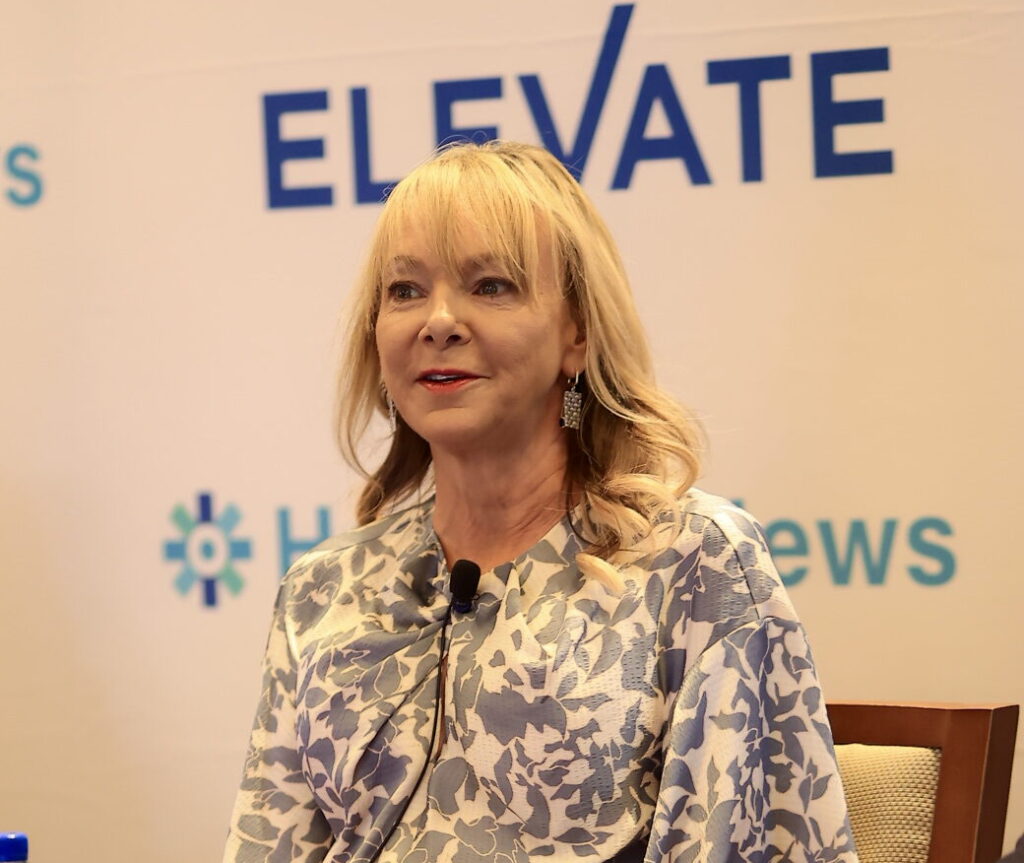Assessing clinician satisfaction and streamlining onboarding can pay off for hospices when it comes to staff retention.
Hospices have poured dollars into retention amid widespread workforce shortages exacerbated by the pandemic. Some have expanded employee benefit packages, raised wages and revamped their scheduling and paid leave policies to improve work-life balance.
Investing in retention efforts takes more than financial resources, according to Greg Miller, senior vice president of human resources at AccentCare. Retaining workers requires hospices to take a deeper dive into their training, onboarding and career development processes, he stated.
The cost of retention efforts pales in comparison to those associated with curbing turnover, he said.
“When we’ve looked at the investments on retention and what led to an engaged, loyal workforce that provides better care, it is substantially cheaper for us to serve our businesses when we invest in retention versus having to backfill those open positions,” Miller told Hospice News. “There’s no debate that if we improve retention even by 1%, it has a big economic payoff for us. It impacts clinical capacity and our ability to serve patients.”
Onboarding is key
AccentCare’s retention investments have included new onboarding processes and training development programs for new hires, among others, Miller stated. The Dallas-based home health and hospice provider has placed retention among its top three priorities, behind patient care and quality, he said.
Keeping staff requires a “laser focus” on building processes that examine the impacts of workforce training and development programs, Miller indicated. Weighing turnover volumes against retention efforts can give hospice leaders a wider view into what is and isn’t working in their tactics, he said.
“When we look at our retention and turnover, we track the past 90 days of voluntary and leadership volume by region and branch,” he said. “We’ve looked at it alongside initiatives we’re piloting pre- and post-pandemic to see whether that is having an impact on retention. Retaining your clinical workforce is really important in that patient relationship and the type of dying experience they have. If you’re trying to train people quickly, it can mean multiple nurses are coming to a patient and that’s not the experience you want to provide.”
Gauging clinician satisfaction can be a lighter financial lift when it comes to retention, according to Blue Ridge Hospice CEO Cheryl Hamilton Fried.
Routinely engaging staff feedback at the Virginia-based hospice organization has paid off through reduced turnover and improved quality of care, she said at the Hospice News ELEVATE conference.
“We know that satisfied staff make satisfied patients,” Hamilton Fried told Hospice News. “We’ve experienced 25% growth year-over-year in the last three years. Last year, we had less than 20% turnover. That gives an indication of how important your staff are and how much that equals quality care at the bedside. That’s a really significant investment that we’ve made. There’s an incredible amount of opportunity for innovation out there right now to engage staff [and] to create a better patient experience.”
 Hospice News / RoboToaster
Hospice News / RoboToasterTurnover remains a big risk
Health care workers have increasingly dropped out of the workforce in the past few years, according to a report from Definitive Healthcare (NASDAQ: DH).
About 2% of clinicians left the workforce among roughly 11,600 providers affiliated with a hospice from 2021 to 2022, according to additional data that Definitive Healthcare shared with Hospice News. The research specifically looked at volumes of medical claims that indicated whether or not a clinician had left the field or an organization, primarily focused on physicians and nurse practitioners.
Though the percentage may seem meager, it represents a large contingent of the hospice workforce that is no longer providing care amid rising demand, according to John Markloff, senior director of data strategy at Definitive Healthcare.
Of the 2% of hospice clinicians that left the field, roughly 26 of them were nurse practitioners, he stated. This is in addition to widespread attrition among registered nurses, social workers, back-office staff and other professionals.
Though staffing shortages have long-plagued the hospice industry, they have increasingly become more “pervasive” in the space and detrimental to sustainability and clinical capacity, Markloff said. Recognizing which types of clinical roles are shrinking is important, he added.
“[Turnover] trends certainly continue when you compare them year-over-year,” Marloff told Hospice News. “Compared to 2021, the number of hospice providers that dropped out increased by 129% compared to Q4 of 2022. That is a trend line going in notably one direction. We’re seeing a large percentage of those [clinicians] that are dropping out. That can be attributed to physician burnout, more aging retirees. It’s very important that hospices understand the type of professional that will be changing [in these roles].”
Roughly 77% of health care workers nationwide indicated that they struggled with burnout in the last year, according to a recent Holon Solutions survey. About 62% of health care professionals polled considered leaving the field due to burnout, citing heavy administrative work burdens as the most common reason.
Turnover can be “incredibly expensive” for hospices to combat from both financial and operational standpoints, according to Miller.
Getting new clinicians “up to speed” and fully functional in patient care delivery can require six-to-12 months of onboarding, which can put strains on training and human resource development teams as well, he stated.
“It takes a lot of resources to get someone new to your organization on a productive level,” Miller said. “If you have an entirely new workforce every few years, it’s impossible to succeed. That turnover can be a death spiral. Losing a clinician can be expensive on a lot of fronts. It has a financial impact and an impact on quality and patient experience.”
If you have an entirely new workforce every few years, it’s impossible to succeed. That turnover can be a death spiral. Losing a clinician can be expensive on a lot of fronts.
— Greg Miller, senior vice president of human resources, AccentCare
Companies featured in this article:
AccentCare, Blue Ridge Hospice, Definitive Healthcare, Holon Solutions



